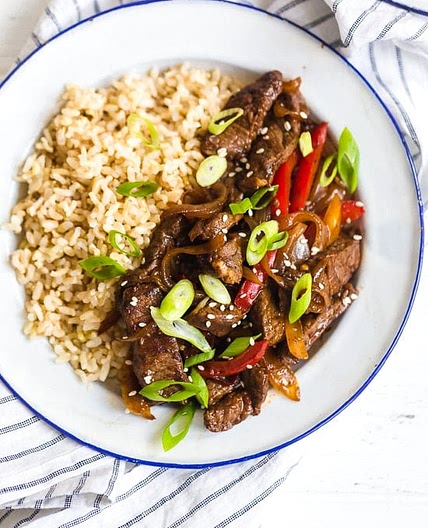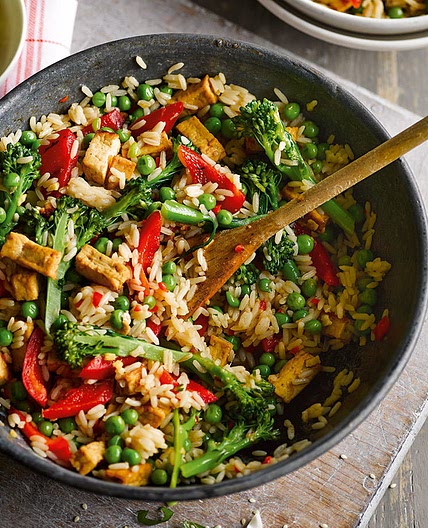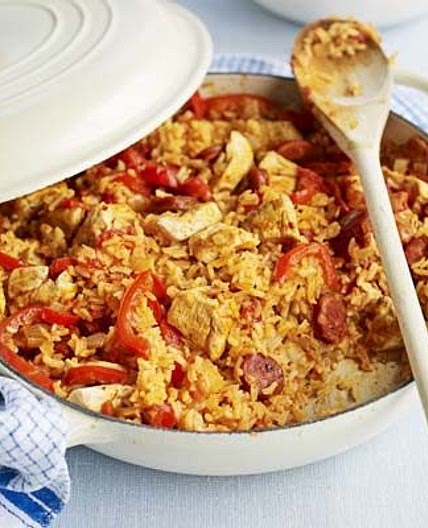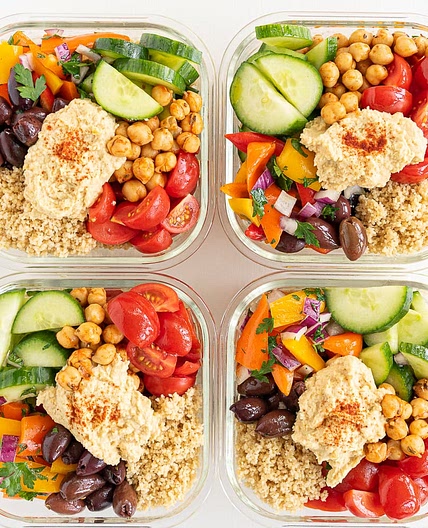Bell pepper
 Fridge
FridgeBell pepper, also known as capsicum, is a sweet pepper which can be eaten raw or cooked. They’re typically found in green, yellow, orange, and red. Although each color tastes quite different, they’re actually all the same plant at different stages of ripeness. So a red pepper is exactly the same as a green pepper, but it has been left on the vine for longer to ripen, which is what makes them taste sweeter. Peppers typically produce capsaicin, which is what gives them the burn of a hot pepper. Despite being called capsicums, which sounds similar, bell peppers are the only member of the pepper family which don’t produce this chemical. That’s why they look, taste, and grow like chili peppers but have none of the heat. Despite their sweetness, bell peppers are one of the lower calorie vegetables out there. Although technically, like tomatoes and avocados, they’re actually fruits. Raw bell peppers have a huge water content at over 90%. The rest is mostly carbs with very small amounts of protein and fat. We always think of oranges as being the gold standard when it comes to Vitamin C levels, but red peppers far outperform oranges here. In fact, a large red capsicum can provide about three times more Vitamin C than an orange. So next flu season, you’ll want to stock your fridge with them. They’re also a good source of Vitamin A.
Bell pepper nutrition and vitamin info per 100g
| Energy | 26 | kcal |
| Total Fat | 0.30000001192092896 | g |
| Carbohydrate Total | 6.03000020980835 | g |
| Sugars | 4.199999809265137 | g |
| Protein | 0.9900000095367432 | g |
| Sodium | 4 | mg |
| Fiber | 2.0999999046325684 | g |
10000+ recipes to cook with Bell pepper
Next PageBell pepper substitutes
Bell pepper equivalents and varieties
Bell pepper cooking tips
 Samsung Food
Samsung FoodIf you want to keep your bell peppers tasting great for a longer time, store them in your refrigerator crisper drawer. Raw bell peppers will last between 1 and 2 weeks in the fridge. For cooked ones, they will typically last 3-5 days.







